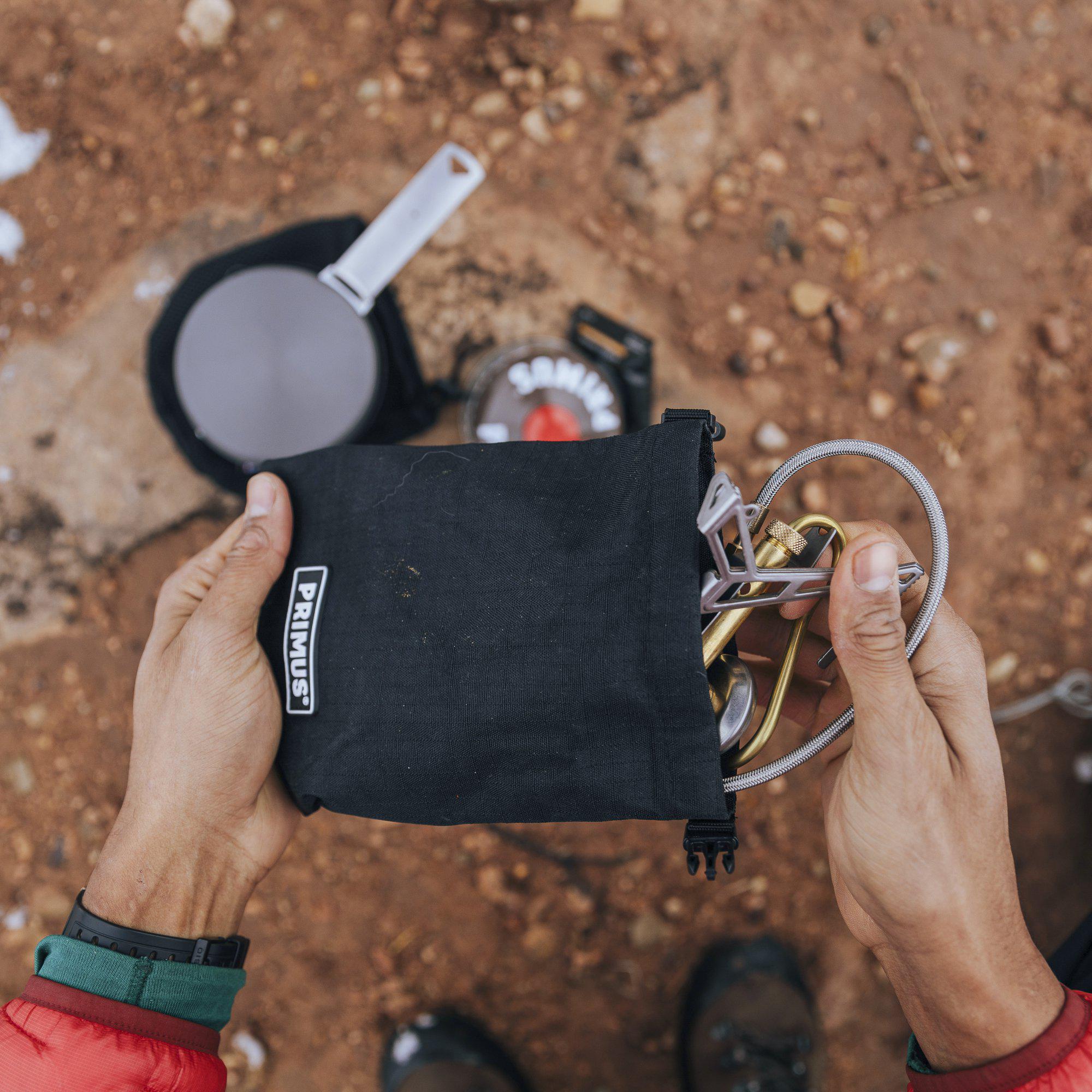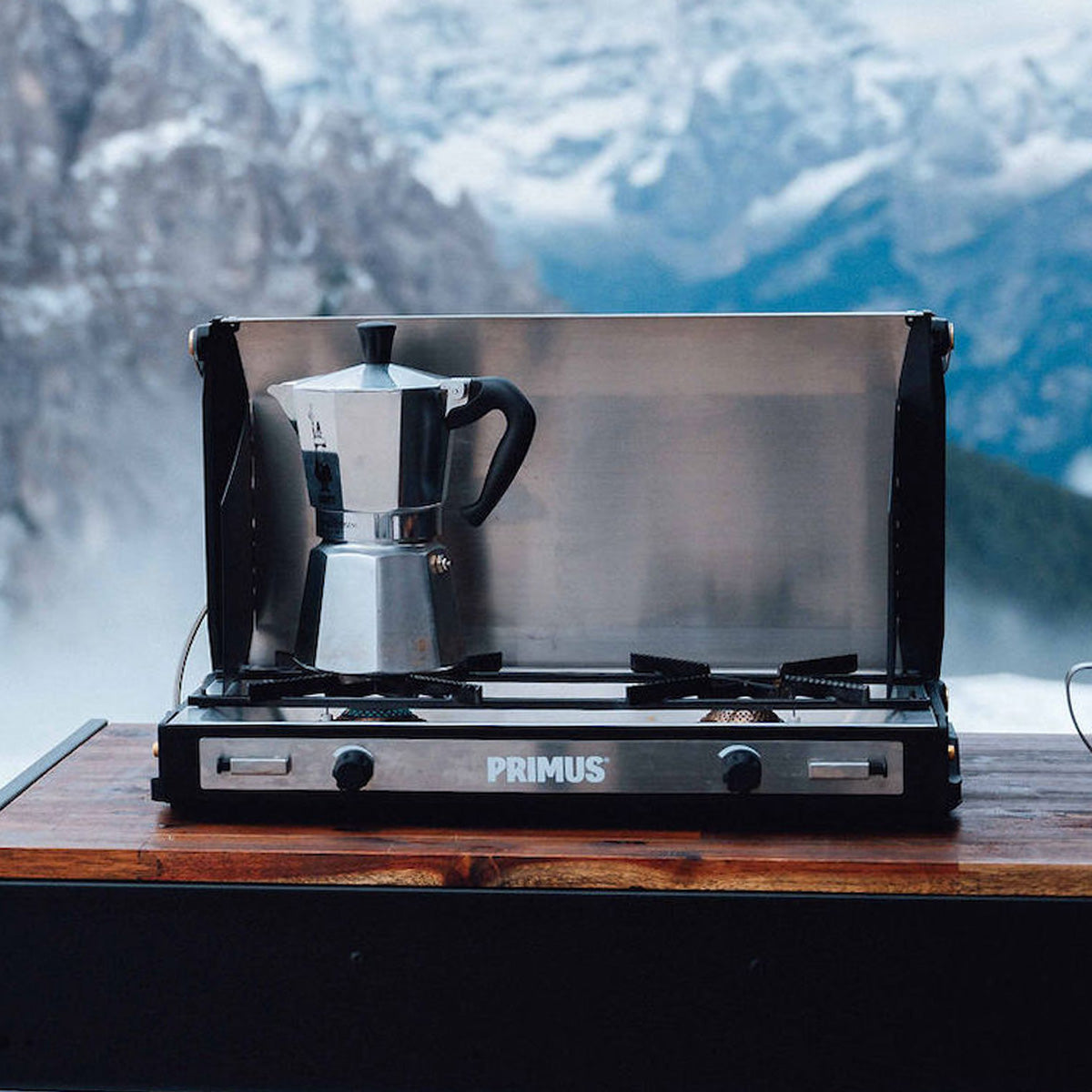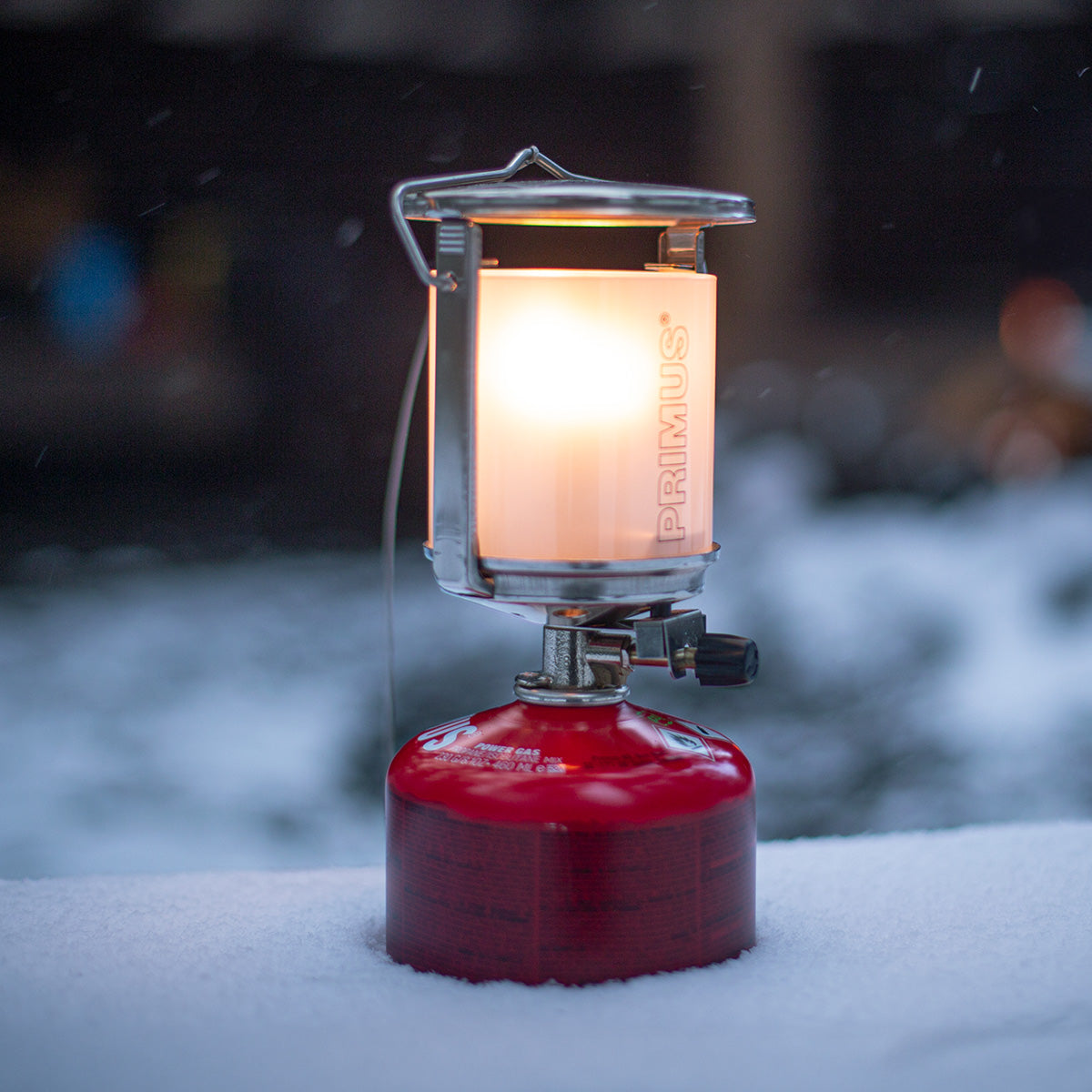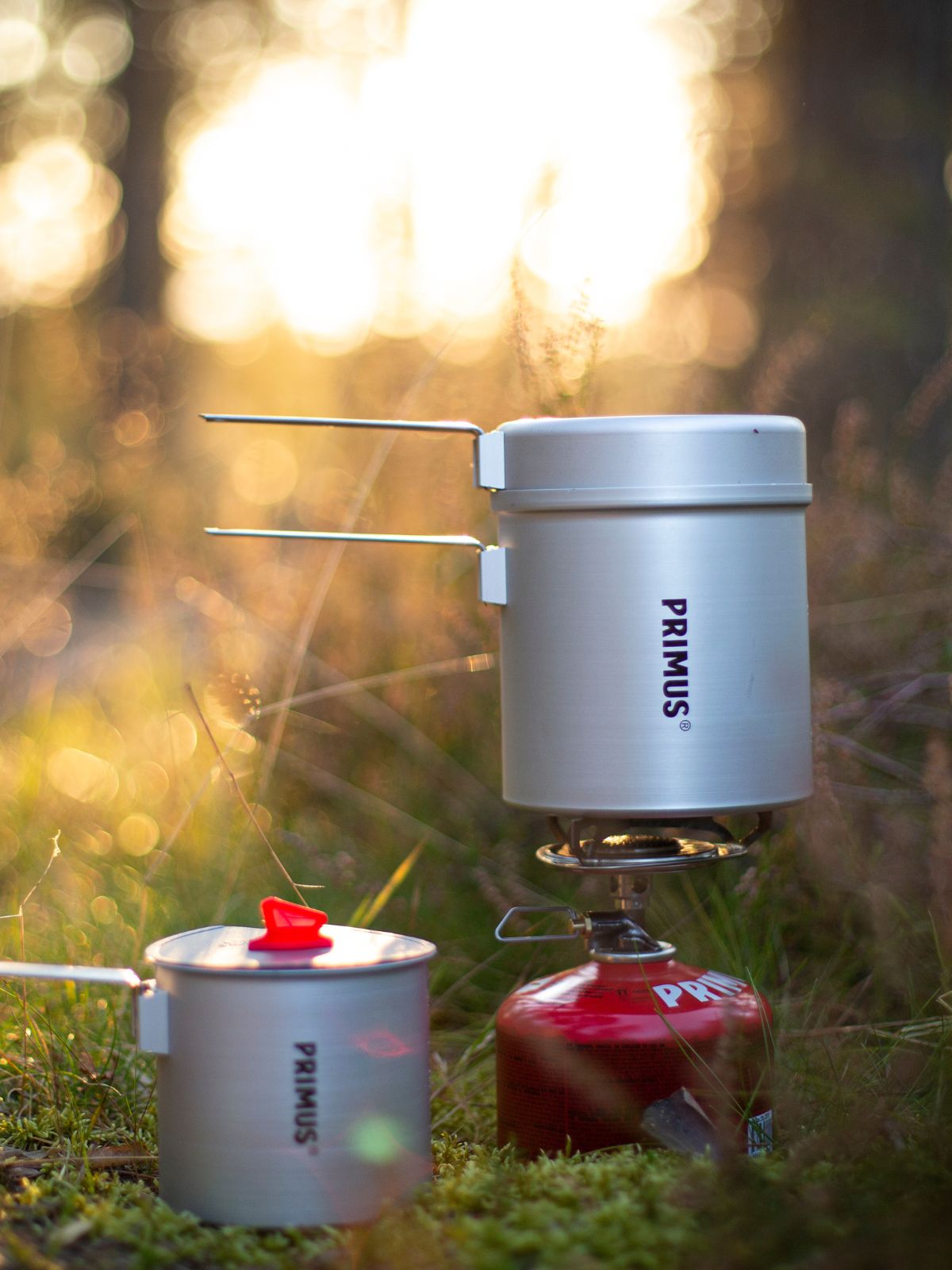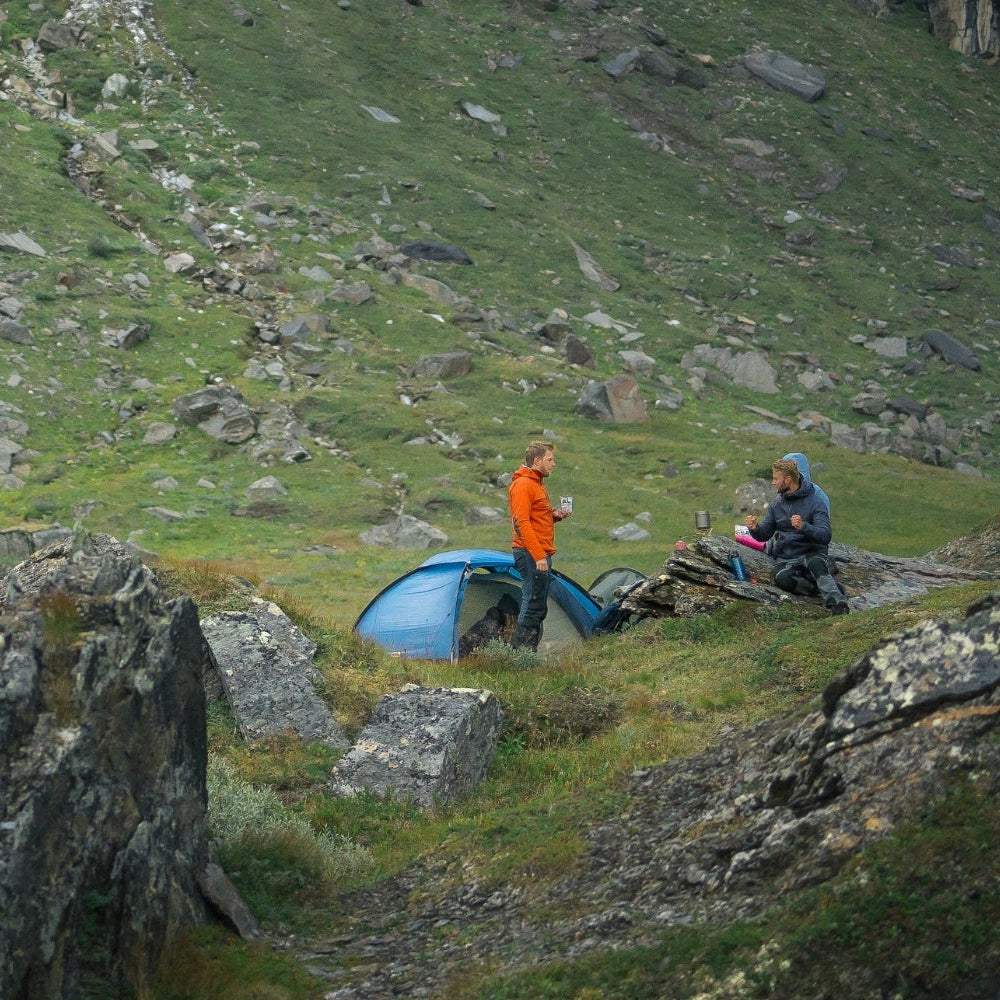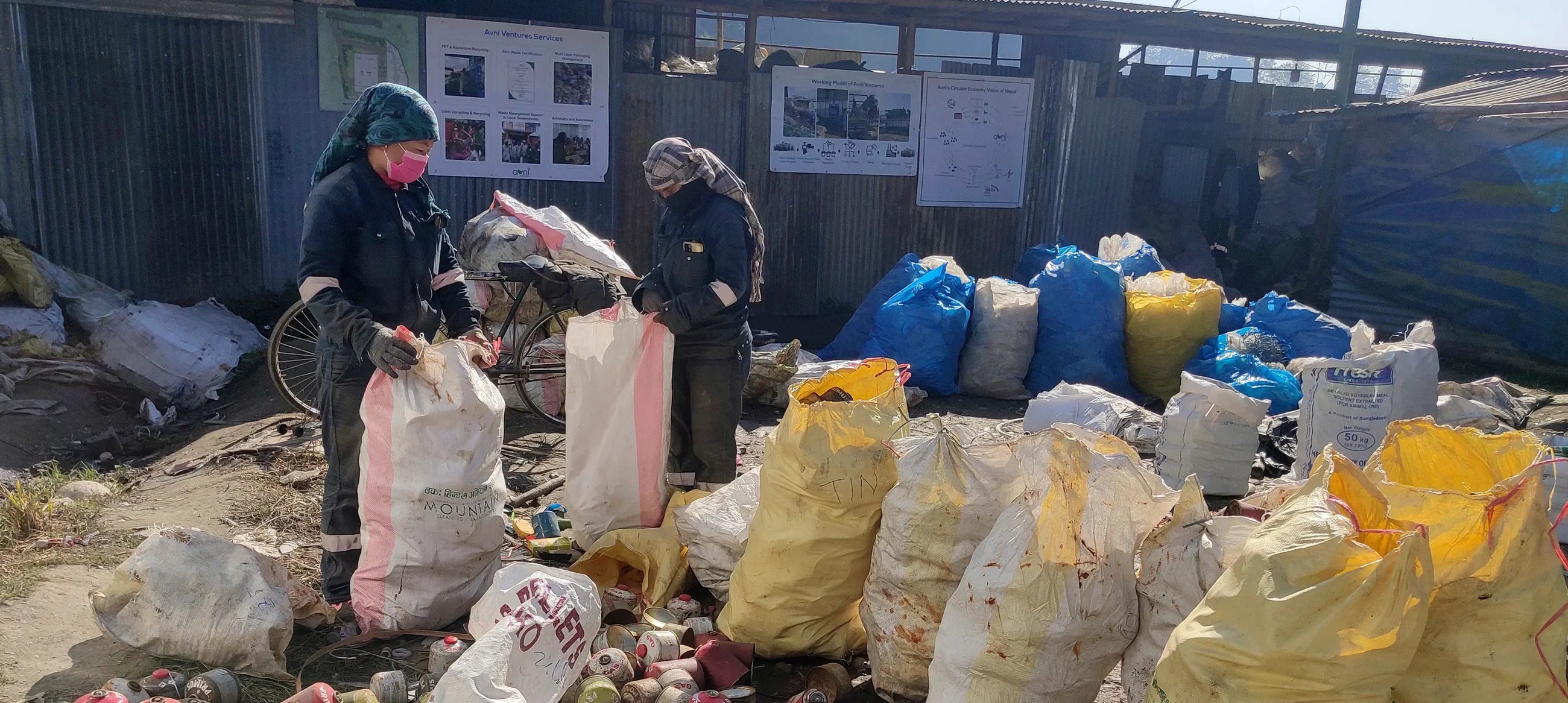Wir entwickeln Produkte, die Menschen in die Natur bringen – um Abenteuer zu erleben, genauso wie ruhige Momente. Und weil uns die Natur und unser Planet am Herzen liegen, steht Umweltschutz im Zentrum unseres Handelns. Deshalb arbeiten wir auch ständig daran, unser Sortiment und unsere Wertschöpfungsketten weiterzuentwickeln und unseren ökologischen Fußabdruck zu verringern. Wir sind noch nicht am Ziel, aber wir machen stetig Fortschritte – mit dem Vorhaben, Produkte zu schaffen, die Generationen überdauern, und eine nachhaltigere Outdoorbranche mitzugestalten.
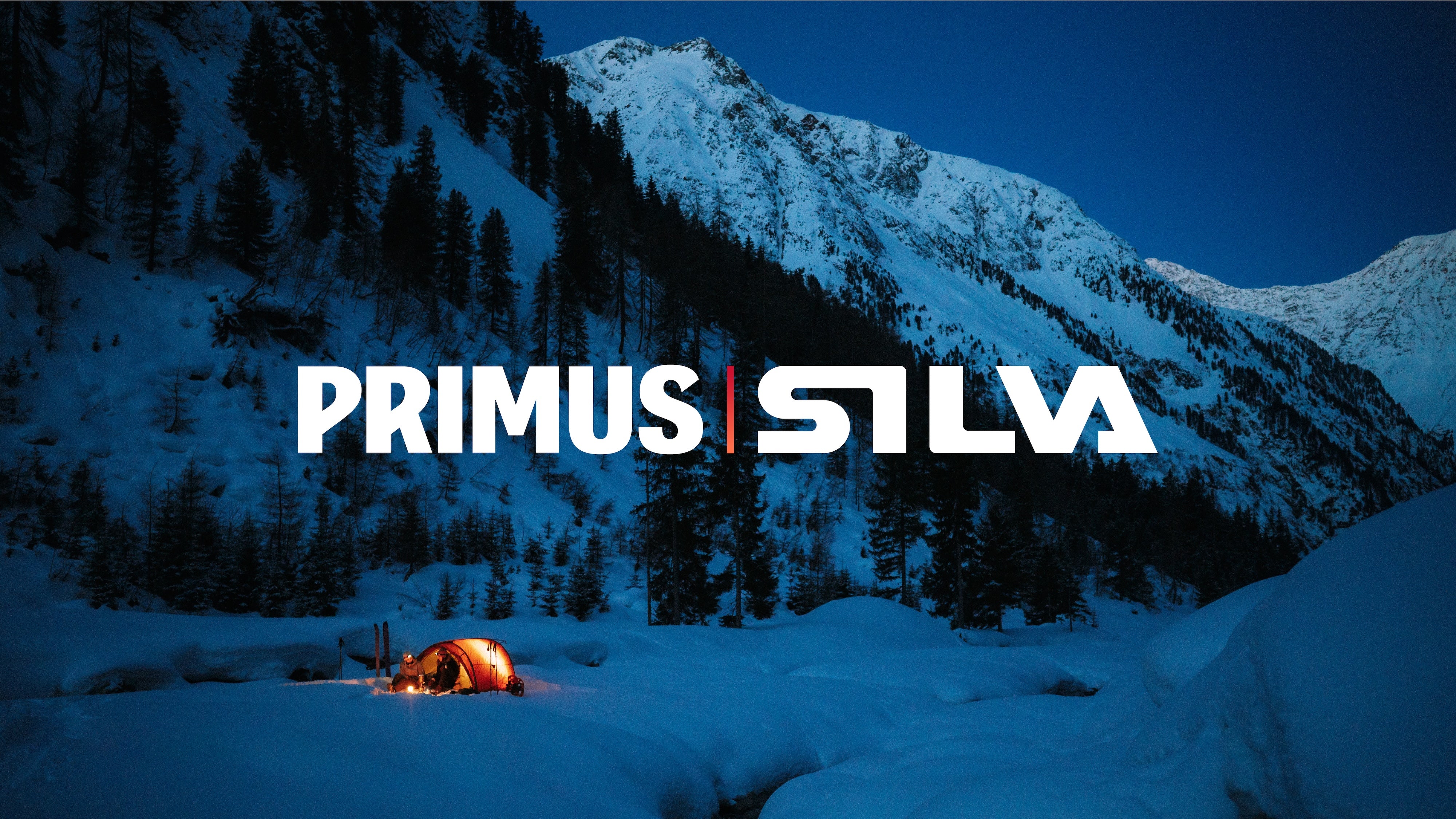
EINE GEMEINSAME VERANTWORTUNG
Unsere Nachhaltigkeitsberichterstattung schließt alle Produkte von Primus und Silva mit ein – denn gemeinsam sind wir PrimusSilva. Eigentümer ist Verdane, eine europäische Investmentgesellschaft mit starkem Nachhaltigkeitsanspruch. Viele unserer Schwesterunternehmen treiben Themen wie Dekarbonisierung, Kreislaufwirtschaft und Energiewende voran – wir sind also Teil eines Netzwerks, das sich gemeinsam für weniger Klimabelastung einsetzt.
Unsere Emissionen – und wie wir sie reduzieren
Gemeinsam mit einem externen Partner erfassen wir jedes Jahr unsere Treibhausgasemissionen nach dem GHG-Protokoll. Unser Basisjahr ist 2023 – das Jahr, in dem Primus und Silva zusammengefunden haben.
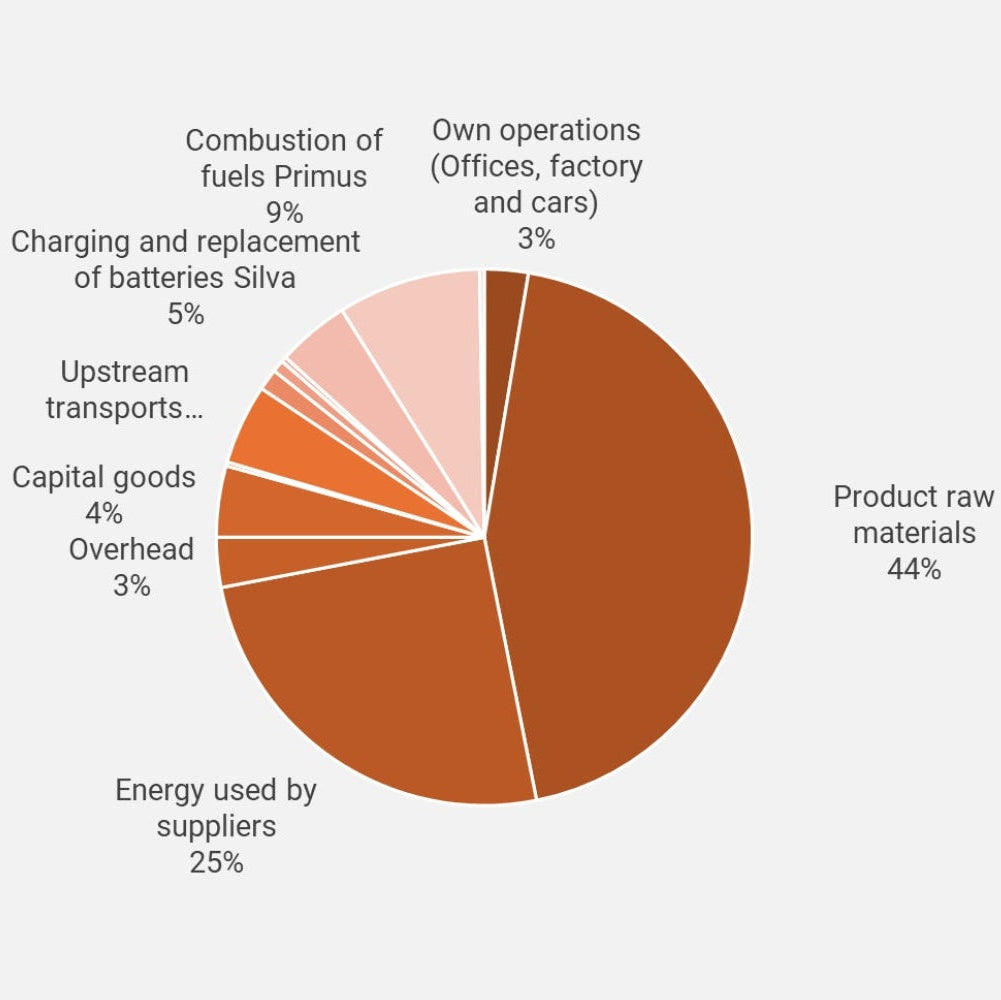
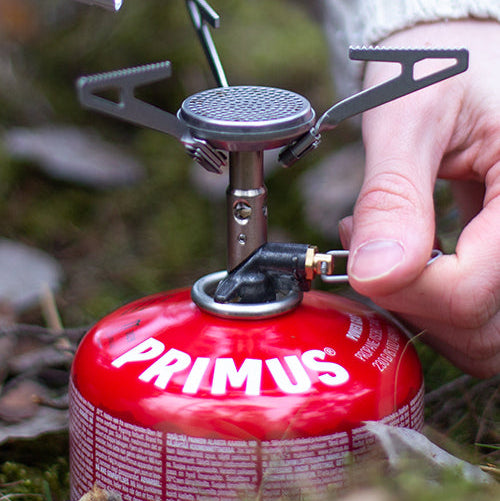
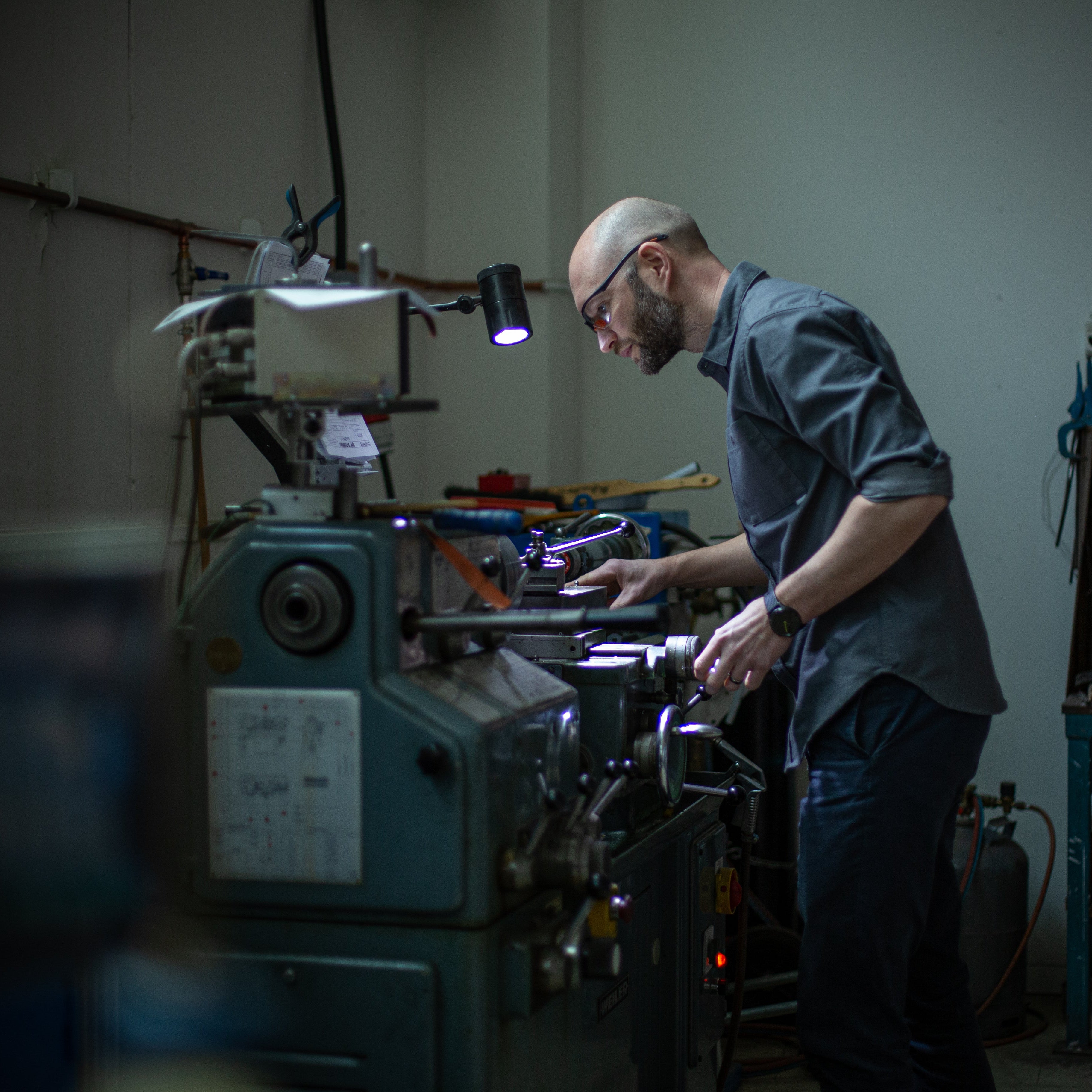
Woher kommen unsere Emissionen?
Rund 70 Prozent unserer Emissionen entstehen bei der Herstellung unserer Produkte – vor allem durch Materialien und Energieverbrauch
Woher kommen unsere Emissionen?
13 Prozent entstehen während der Nutzung unserer Produkte.
Woher kommen unsere Emissionen?
Ein Teil der Emissionen stammt aus unserer eigenen Geschäftstätigkeit und macht einen kleineren Anteil des gesamten Fußabdrucks aus (3 %).
Unsere Ziele und Fortschritte
Wir wollen spätestens bis 2050
Netto-Null-Emissionen erreichen. Als ersten Meilenstein haben wir uns
vorgenommen, unsere Emissionsintensität bis 2030 um 60 Prozent gegenüber 2023
zu senken. Bisher konnten wir unsere Emissionen bereits um 23 Prozent und die
Emissionsintensität um 25 Prozent reduzieren.
Was sich am stärksten verändert hat: Unser Primus
Logistikzentrum wird inzwischen mit Fernwärme statt mit Erdgas beheizt.
Zusätzlich haben wir unsere Fahrzeugflotte um mehrere E-Autos erweitert – das
senkt Emissionen, führt aber zu einem etwas höheren Stromverbrauch. Im Bereich
Scope 3 konnten wir vor allem durch das Auslisten unserer Zelte – eine
besonders ressourcenintensive Produktgruppe – und durch weniger Neuaufträge
(bedingt durch volle Lager) Emissionen einsparen.
Sind Sie an der richtigen Stelle
Bitte wählen Sie Ihren Shop aus


